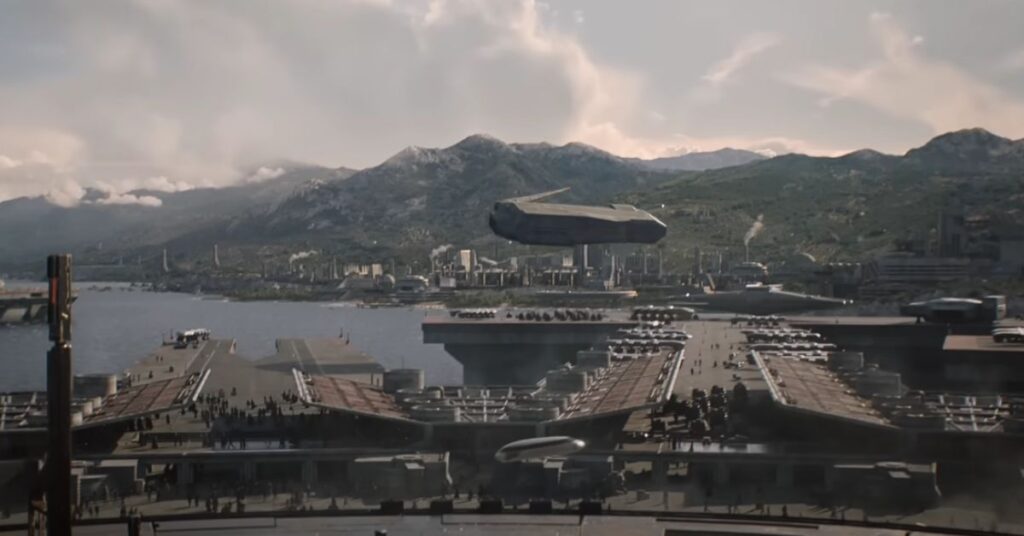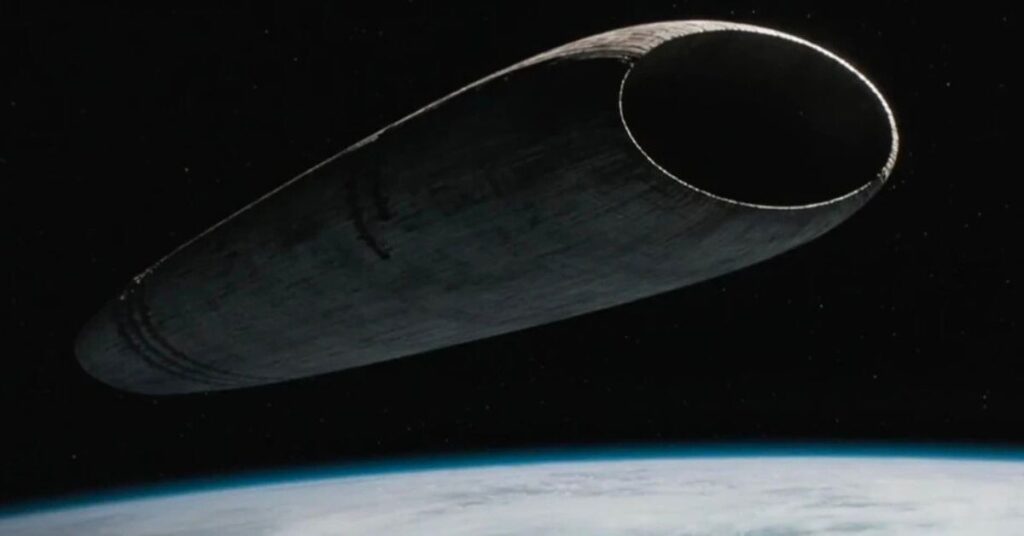The Coolest Change in ‘Dune: Prophecy’ Makes It Better Than Denis Villeneuve’s Dune Films in One Regard
- 'Dune: Prophecy' uses Holtzman technology in levitating wheelchairs and hovercrafts, enhancing the world-building.
- 'Dune' films focus on Holtzman technology's military and space travel applications primarily.
- 'Dune: Prophecy' offers a fresh perspective on how Holtzman technology shaped life beyond wars and politics.
Science-fiction as a genre has always been on the run of creating the impossible out of theoretical physics. Each movie tries to leave a mark with its unimaginable technologies on screen. The Dune universe, the fictional world of Frank Herbert, is a perfect example of how these creations evolved in sci-fi concepts.
Dune: Prophecy is a prequel series that is set thousands of years before the timeline of Denis Villeneuve’s Dune movies. The show will be expanding the setting of Arrakis and offering new takes on the franchise’s established stories and plot, especially when it comes to Holtzman technology.
How Dune: Prophecy Reimagines the Holtzman Technology
The story of Dune: Prophecy will follow two Harkonnen sisters who will try to establish the Bene Gesserit order while dealing with the political landscape. The show will take place 10,000 years before the birth of Paul Atreides and will introduce Valya Harkonnen, whose actions will eventually shape the future of civilization.
The Holtzman effect, which is one of the base elements of the technological world of Dune, was always much more than a simple element of the plot. In the novels and movies, the science behind it made personal shields to space travel possible. But in Dune: Prophecy, the makers go even further with this technology.
The show’s executive producer, Jordan Goldberg, appeared in a recent press interview where he talked about an innovative approach to Holtzman technology. He said (via SlashFilm),
Our hover crafts are Holtzman-generated. We have a prison where people are levitated with Holtzman belts. We’ve got wheelchairs that are Holtzman-levitated, as well.
The series doesn’t use Holtzman technology just to show power or as a fighting weapon. Rather, it integrates it within our daily lives, showing how this technology is affecting lives through transportation and accessibility. This approach provides more details in world-building that even the books haven’t completely explored.
As Goldberg said, “What we did with it was extend it to other things,” the technology will also serve a role in connecting the timeline of the show with the future of Denis Villeneuve’s movie adaptations.
Holtzman Technology Across Dune: Prophecy and Dune Films
The Holtzman effect is mostly used in Denis Villeneuve’s Dune films through personal shields and space travel. Its usage is primarily confined to military and transportation applications. In 10,191 A.G. setting, the movies feature a less versatile but effective application of this technology.
The Holtzman technology is shown in effect through the blue shields, used by fighters to defend themselves from fast-moving projectiles, and in the large space heighliners to fold the space for fast travel. The films also showed how lasguns make nuclear explosions when they interact with Holtzman shields.
However, in Dune: Prophecy, things become more diverse by incorporating Holtzman technology in everyday life. The show offers a broader realistic perspective of this technology. This expanded view gives a more lived-in and realistic impression than the depictions in the film, which are primarily focused on military purposes.
The creative minds behind the show have been able to sustain the identifiable themes that made Holtzman technology iconic while evolving them. Their new approach will show how the Holtzman technology impacted society beyond the halls of power.
Dune movies are available to stream on Prime Video.
Dune: Prophecy will be released on HBO and Max on November 17, 2024.











